SWISS Machining Parts
What is a Swiss CNC Machine?
A Swiss CNC machine—also known as a Swiss type lathe or a Swiss automatic lathe—is a modern precision manufacturing machine that can produce extremely small parts quickly and accurately.
A Swiss machine works by feeding bar stock through a guide bushing, which firmly supports the material as it feeds into the tooling area of the machine. In addition, only the portion of the bar stock being machined advances into the tooling area, which means that material is held tightly in place for increased stability and precision.
With a traditional CNC lathe, the workpiece typically rotates rapidly in a fixed position, held firmly on one or both ends. In contrast, with a Swiss lathe, the workpiece can both turn and move back and forth along the Z-axis while various tools cut away the features of the part. Furthermore, Swiss turning machines can perform several operations simultaneously in multiple zones, whereas a traditional lathe typically only performs one operation at a time.
Although Swiss machines have traditionally been used for turned pieces like screws, Swiss machines can also produce complex pieces that have no turned surfaces at all.
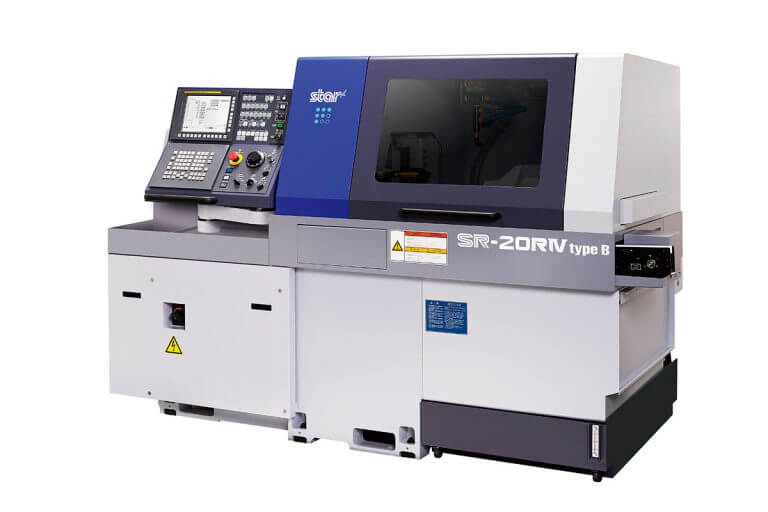
Benefits of Swiss Machining
Originally designed for the watch-making industry, Swiss machines have exploded in popularity within precision manufacturing. This is because Swiss type lathes are uniquely capable of producing extremely small, precise parts at a rapid pace. The combination of high precision and high production volume make Swiss machines a critical piece of equipment for shops that must produce a large volume of small and intricate parts with little margin for error.
Key benefits of swiss machining include:
1. Extremely tight tolerances – Swiss machines firmly support the workpiece right next to the point of operation throughout the machining process. Because the piece is supported so close to the tooling operation, the part remains steady, virtually unaffected by the force of the tools. This ensures precision within extremely tight tolerances—even when machining very small parts.
· More Complex Parts – Because of how well the bar stock is supported throughout the machining process, Swiss machines can also produce more intricate parts with thinner walls, more delicate features, and deeper cuts that would not be possible on other machines.
· Fast Pace – The cycle time for a Swiss machine can be significantly shorter than other types of CNC machines. Where other machines may require an hour or more to machine a single part, Swiss machining can produce upwards of 30 parts per hour, depending on the size and complexity of the part.
· Ready-to-Ship Parts – Swiss machines produce such a fine and precise result that these machines can reduce or eliminate the need for secondary operations, often resulting in parts that are ready to ship right out of the machine.
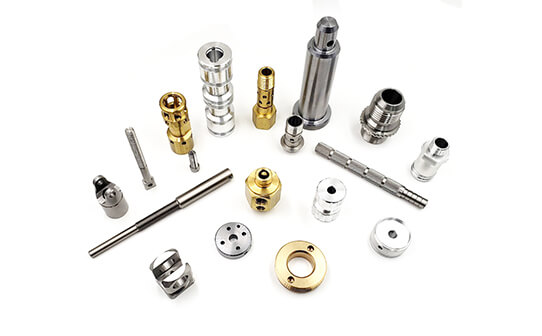
Best in parts Swiss Machining Capabilities
The SB-20R Type G offers a wide range of machining operations that is made possible with the unique Guide Bush/Non-Guide Bush switching function.
· Maximum machining diameter 20mm
· Flexible tooling layouts allow for endless variations of complex machining
· 4 types of tool posts available from which to select the tooling layout most suited to the required machining applications
· Maximum tooling variations yield performance that meets manufacturing needs across multiple industries
· Flexible tooling layouts include the ability to combine the selection of tool post and cartridge unit
Tolerance
With our lineup of Swiss, multi-axis, multi-spindle, horizontal and vertical machining centers, we operate at a very high level of productivity. These machines enable us to carry out multiple operations simultaneously and create complex parts from a single set up. Typical tolerance ranges are in the +/-.0005” (+/-.013mm) range depending on application.
Contact Us
Contact: Emily
Phone: +86 158 1864 3701
Tel: +86 (0755) 2377 2505
Email: emily@bestinparts.com
Add: Changshantou Industrial Park,No.149 QingZhang Road, QingXi Town,DongGuan,China 523662
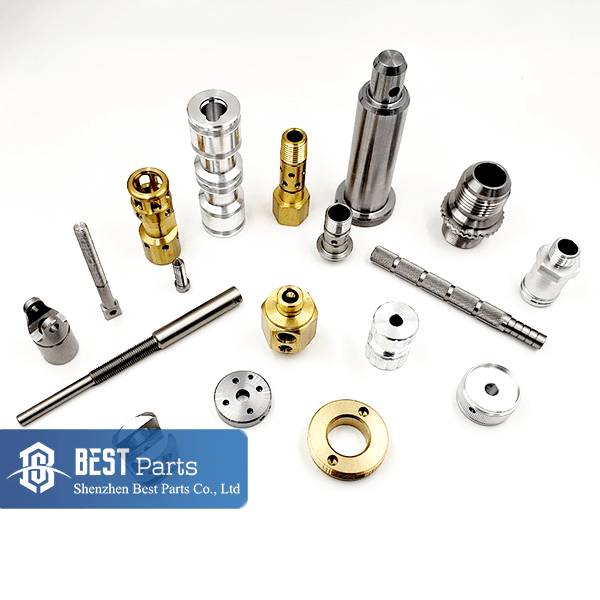
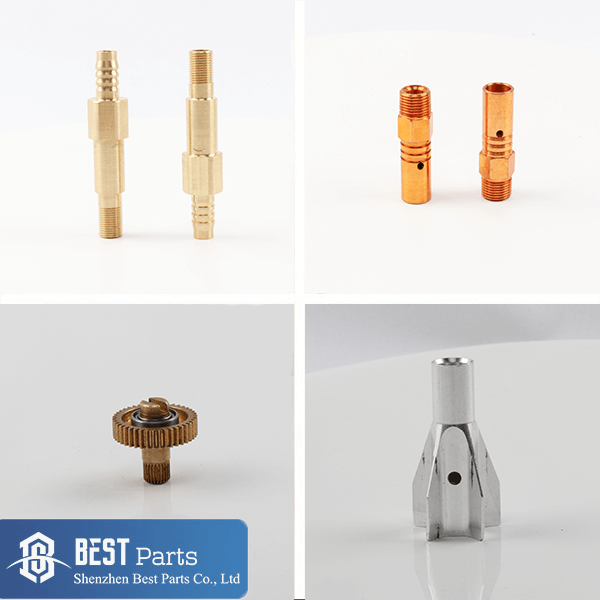
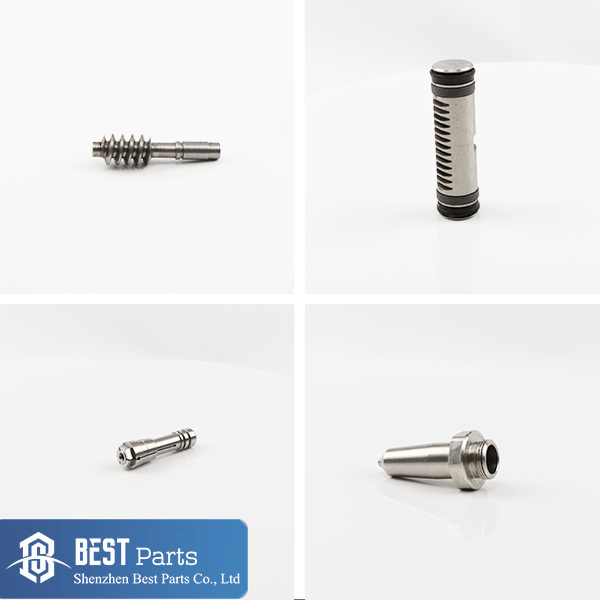
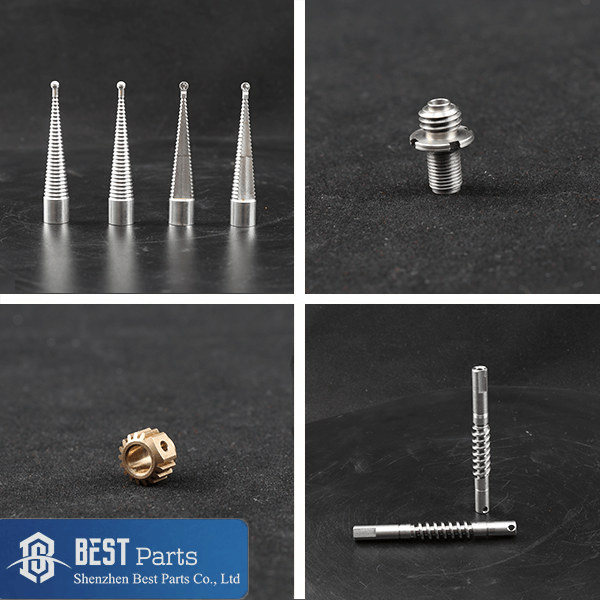
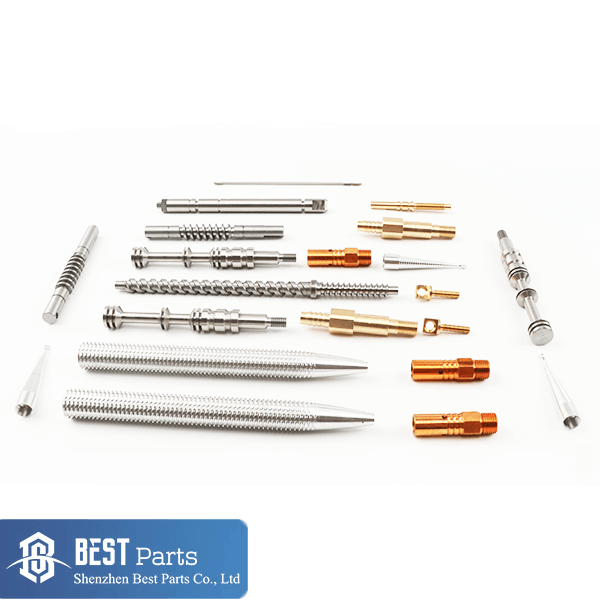
 lura
lura